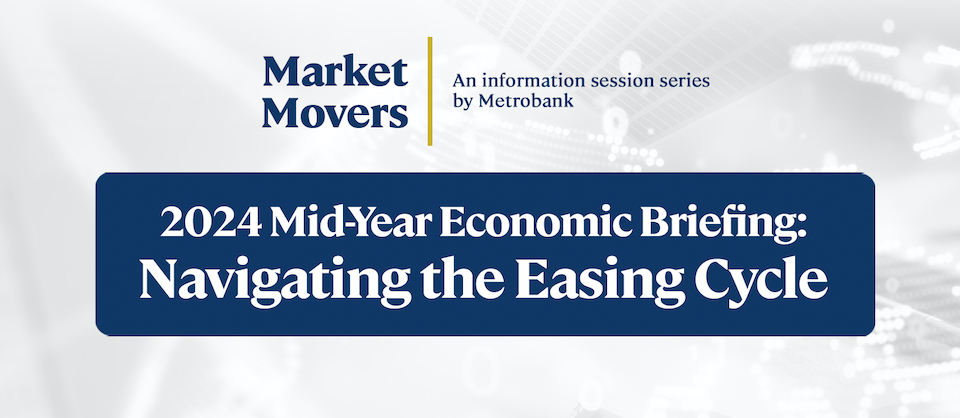

INSIGHTS 

INVESTMENT STRATEGY
THE BASICS
DOWNLOADS 

 DOWNLOAD
DOWNLOAD

 DOWNLOAD
DOWNLOAD

 DOWNLOAD
View all Reports
DOWNLOAD
View all Reports


Economic Updates
Quarterly Economic Growth Release: More BSP cuts to come
 DOWNLOAD
DOWNLOAD

Economic Updates
Monthly Economic Update: Fed catches up
 DOWNLOAD
DOWNLOAD

Economic Updates
Inflation Update: Steady and mellow
 DOWNLOAD
DOWNLOAD
Follow us on our platforms.


Markets
4 MIN READ
Oil prices slide 2% to near 4-year low as US trade conflict fuels recession fears

This article originally appeared on reuters.com





 By Reuters
By Reuters